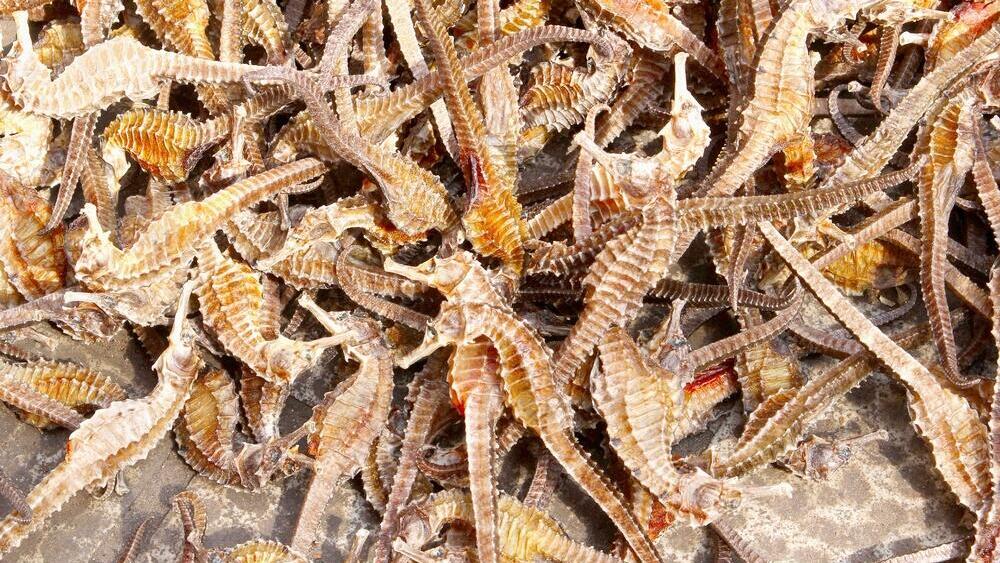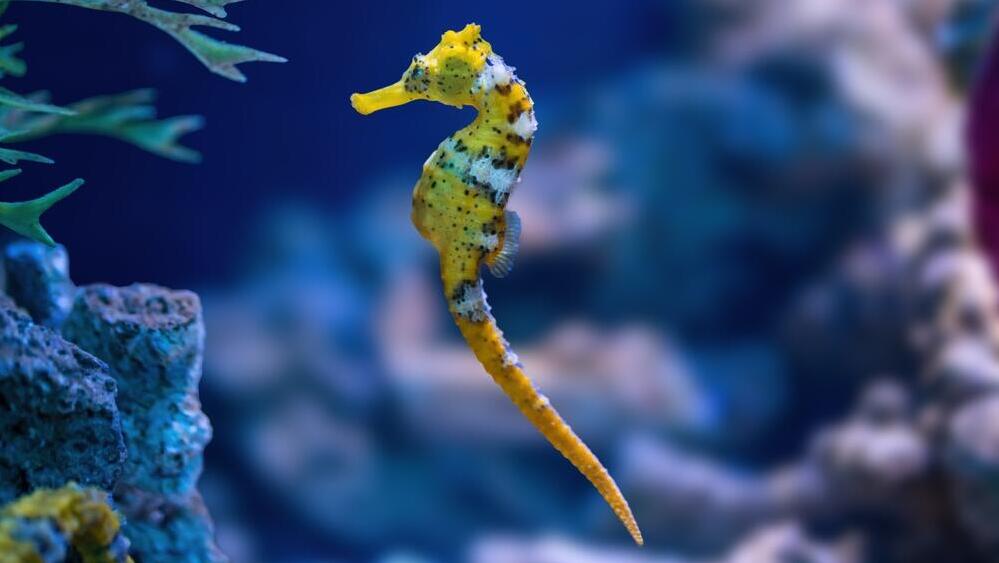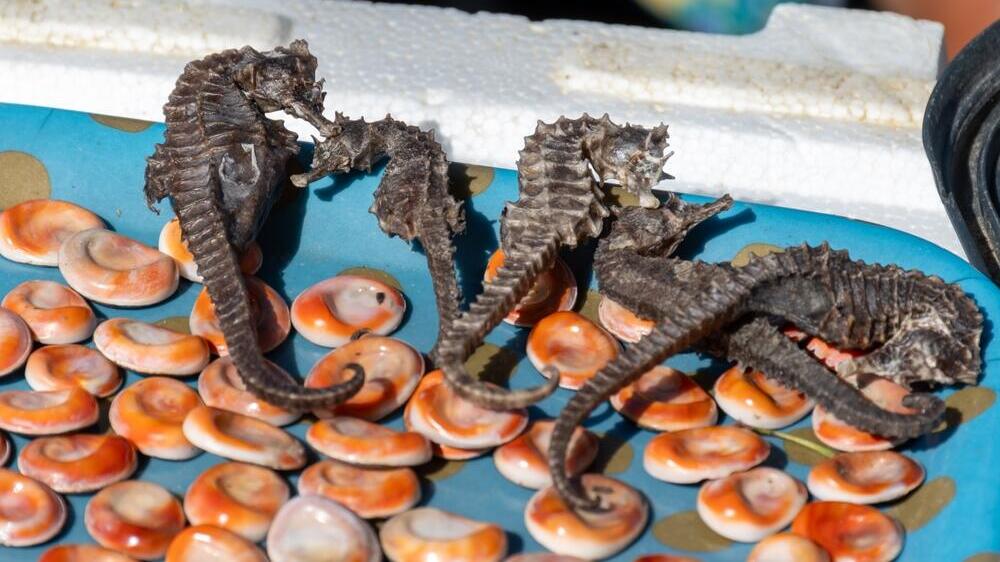Wildlife trafficking is a vast and dangerous global enterprise, often run by organized criminal networks and involving the illegal trade of animal parts in ways reminiscent of drug and arms smuggling. A new study analyzing online seizure records from 2010 to 2021 reveals attempted smuggling of seahorses in no fewer than 62 countries. The findings, published in Conservation Biology, were compiled by researchers from the University of British Columbia (UBC).
The study found that dried seahorses, widely used in traditional medicine, were most often seized in airports—either in passenger luggage or through air cargo. “The nearly 300 seizures we analyzed are based only on publicly available online records and voluntary disclosures, such as government reports and news articles. That means what we’re seeing is just the tip of the iceberg,” said Dr. Sarah Foster, a research associate with UBC’s Project Seahorse.
Researchers noted that seahorses were frequently found alongside other illicitly traded items, such as elephant ivory and pangolin scales, underscoring that marine species are just as vulnerable to trafficking as terrestrial wildlife within global smuggling networks. The team identified emerging trade routes for dried seahorses that now include Europe and Latin America, in addition to established hubs like China and Hong Kong. “Trade routes appear to be diversifying, as are enforcement efforts,” said Sid Asione, also of Project Seahorse.
International trade in seahorses is legal with permits certifying that it does not harm wild populations under the Washington Convention, or more formally the Convention on International Trade in Endangered Species (CITES)—a treaty signed by 184 nations, including Canada and the European Union - only if permits confirm that the trade is not detrimental to wild populations. However, challenges in proving sustainability have made it difficult to obtain permits, pushing much of the trade underground.
Enforcement data on marine species is particularly sparse, the researchers noted, with most efforts focused on larger animals like elephants and tigers. “All countries need to step up deterrence—solid investigative work, determined enforcement and meaningful penalties—to curb illegal seahorse trafficking,” said Dr. Teale Phelps Bondaroff of the environmental group OceansAsia, a member of the research team. “At the same time, we must continue to use innovative research tools to uncover hidden networks and identify the traffickers.”
Get the Ynetnews app on your smartphone: Google Play: https://bit.ly/4eJ37pE | Apple App Store: https://bit.ly/3ZL7iNv
Most seahorse seizures occurred in transit or destination countries, highlighting the strategic importance of enforcement at those points, according to the study. Airports were the most common location for seizures, typically involving passenger baggage. However, the largest hauls by volume were found in maritime shipments, emphasizing the need for closer monitoring of wildlife trafficking by sea.
Customs officials and other enforcement agencies carried out the vast majority of reported seizures, but only 7% of cases resulted in legal penalties—pointing to a low rate of prosecution. Based on the data, researchers estimated the average value of a single seahorse at nearly $10, suggesting that over the decade in question, the total value of seized seahorses reached tens of millions of dollars.
Because seahorses are used in traditional medicine, they can represent a valuable income source for fishers. Foster stressed that reducing illegal trade requires a “carrot and stick” approach. “We need to make the trade sustainable and legal enough for people to comply with the law, while ensuring deterrents are strong enough to shut down illegal activity," she said. "Seahorses are a symbol of ocean biodiversity—protecting them benefits everyone involved.”




